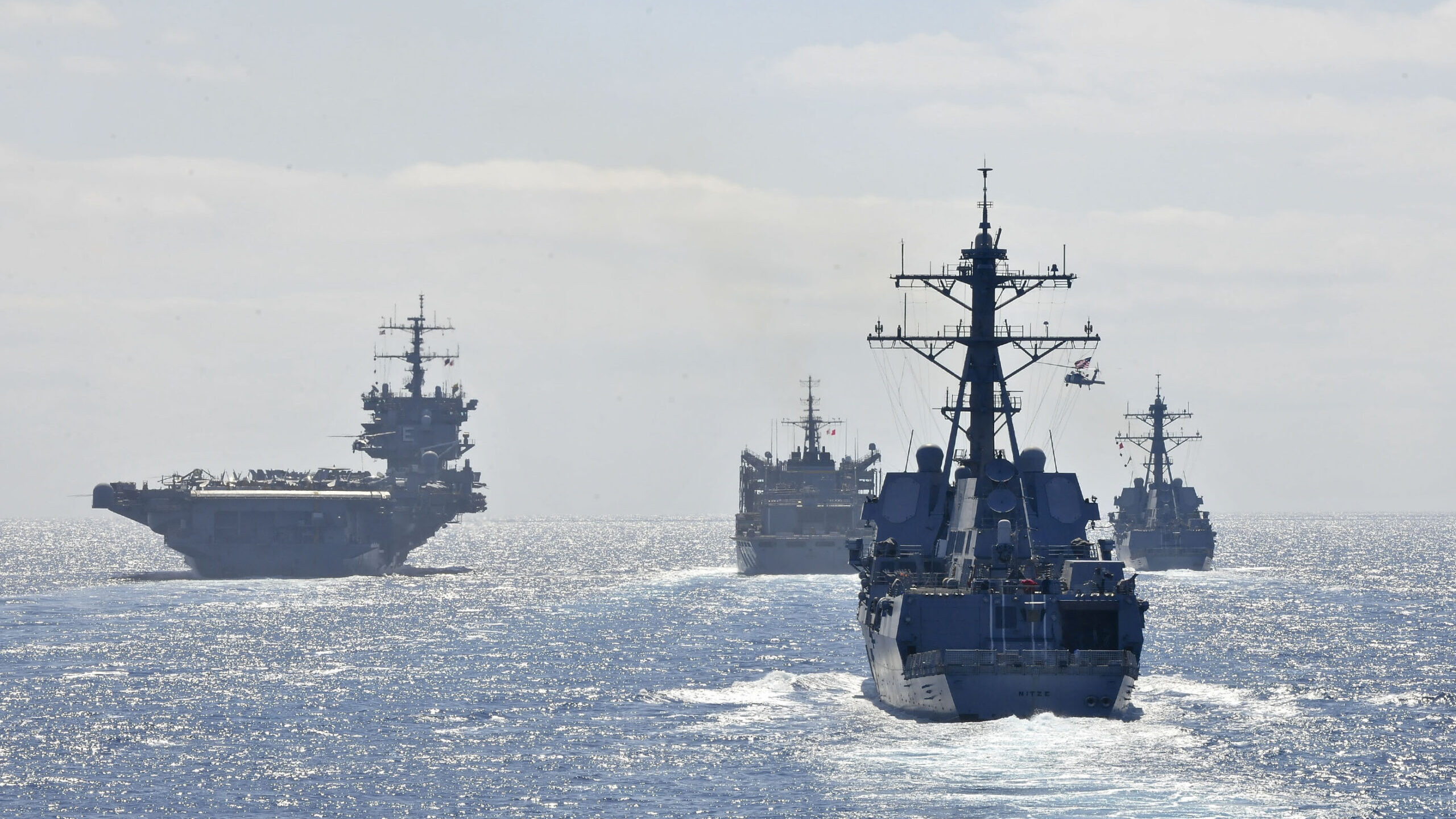
WASHINGTON: The Navy’s new long-range shipbuilding plan this year presents lawmakers with three potential procurement profiles for how the service could build the future fleet, depending on the funding Congress provides.
The document, which Breaking Defense obtained ahead of its public release, provides two procurement profiles that assume no real growth in the service’s budget, while a third alternative includes up to “$75B real growth beyond” the next five years.
“Evolving operational concepts and rapid technological changes make single-point predictions after approximately 10 years unreliable,” the service writes in explaining their choices. “Accordingly, [the shipbuilding plan] highlights a potential range of options for key fleet platforms beyond 10 years.”
The Navy’s decision to present multiple procurement files is in contrast to previous shipbuilding plans, which outlined a single profile the service had selected as its chosen path.
“Without real budget growth, the two low range options achieve 305-307 manned ships in FY2035, and ultimately 318-322 manned ships in FY2045,” according to the document. “The higher range achieves 326 manned ships in the mid-2030s, and ultimately 363 manned ships in FY2045.” A brief footnote in the document states, “the ability of the industrial base to support [the profile including real growth in the budget] has not been independently assessed.”
The document also lays out the service’s arguments for decommissioning numerous additional in-service ships beyond planned reductions from previous years.
Regarding five guided missile cruisers, the service writes the once “premier air defense command and control platforms” now average 35 years old and would give “little return on investment” by continuing to maintain them.
“The ships have a large vertical launch capacity; however, the substantial cost of repairing the poor material condition of these ships due to their age, and ongoing concerns with overall legacy sensor, and [hull, mechanical and electrical ] system reliability, outweighs the potential warfighting contributions of these platforms over their limited remaining service life,” according to the report.
The service in recent years has made several attempts to decommission its cruiser fleet ahead of schedule, and it has been consistently met with resistance from lawmakers.
As Breaking Defense previously reported, the service is seeking to retire nine Freedom-class Littoral Combat Ships and intends to eliminate the anti-submarine warfare mission package for LCS.
“Eight Freedom-class ships are planned for decommissioning in FY2023 which correlate with the eight ASW MPs,” according to the shipbuilding plan. “LCS-3 is also decommissioned as it remains a non-deploying test ship that is no longer needed given the termination of the ASW MP.”
Concerning the four dock landing ships up for decommissioning, the Navy writes the vessels are in “poor material condition due to their age and require significant resources to continue to maintain and operate.”